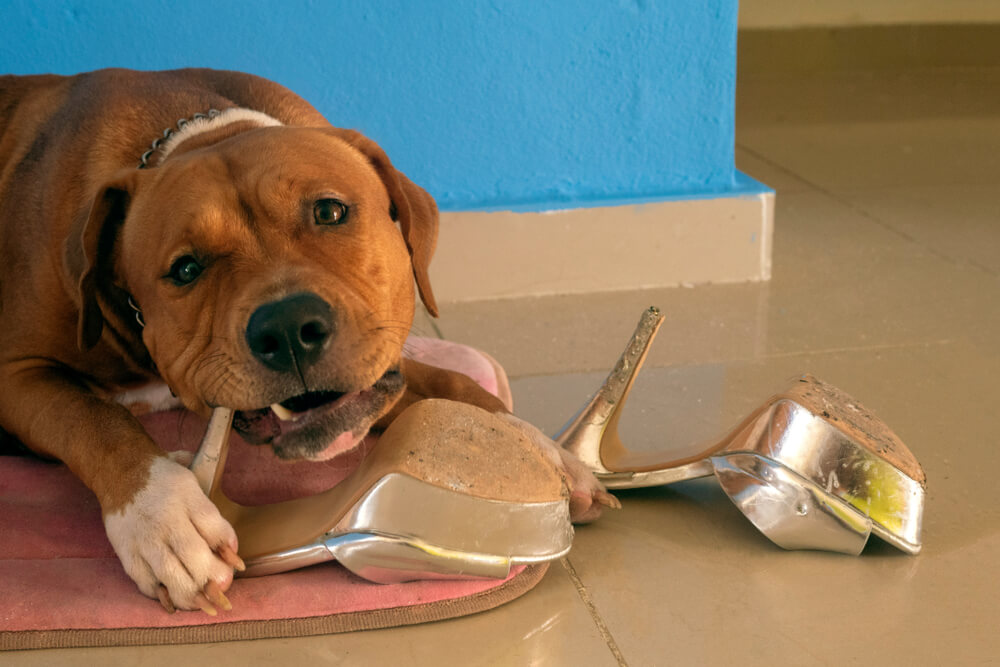If you’re like most dog owners, you’ve probably had to deal with your furry friend chewing on your belongings at some point. This can be a big annoyance and can even damage your possessions. Luckily, there are a few things you can do to help stop your dog from chewing on your belongings. Check out the tips below!
Understand why your dog is chewing on your belongings
Dogs are natural chewers. It’s in their instinct to gnaw on things, especially during the teething stage when they’re puppies. But even adult dogs like to chew on occasion, and it’s not always clear why they’re doing it.
Sometimes, chewing can be a sign of boredom or stress. If your dog is left alone for long periods of time, they may start chewing out of sheer boredom. Chewing can also be a way for your dog to release pent-up energy or nervousness. If there’s something in their environment that’s causing them stress, such as loud noises or unfamiliar people, they may start chewing to help calm themselves down.
In other cases, chewing may simply be a dog’s way of exploring their surroundings. When dogs chew on something, they’re usually trying to figure out what it is and whether it’s edible.
So, if your dog starts chewing on your belongings, it’s important to try to figure out the root cause. Once you understand why your dog is chewing, you’ll be able to take steps to address the problem and prevent further damage to your belongings.
Correct your dog when they are caught chewing on something they shouldn’t be
If you catch your dog chewing on something they shouldn’t be, it’s important to take corrective action. Dogs are natural chewers, and they often explore the world with their mouths.
However, this doesn’t mean that you should allow them to chew on everything they come across. Some objects can be dangerous for dogs to chew on, and others can simply cause damage.
When you catch your dog chewing on something they shouldn’t be, make sure to correct them right away. A sharp “no” or a loud clap of the hands should get their attention and deter them from chewing on the object again.
Train your dog using reinforcement methods
Positive reinforcement means rewarding your dog for good behavior, such as sitting or staying, with treats or verbal praise. This will help your dog to associate good behavior with positive outcomes, making it more likely to repeat the desired behavior in the future.
In contrast, punishment involves using negative reinforcement, such as scolding or physical coercion, in order to stop unwanted behavior. This may stop the behavior in the short term, but it can also lead to anxiety and mistrust, which can make training more difficult in the long run.
When training your dog not to chew, try setting their favorite targets in front of them and reward them for not chewing.
Dog Training in Quincy, MA
If you’ve been struggling to keep your dog from chewing your belongings, we hope the tips in this article have given you some ideas on how to correct the behavior. At Leader of the Pack, we specialize in canine training and behavior modification. We can help you understand why your dog is chewing on things and show you how to use positive reinforcement methods to train them not to chew on inappropriate objects. Contact us today for more information or to get started with a training program for your furry friend! 617-296-1711
